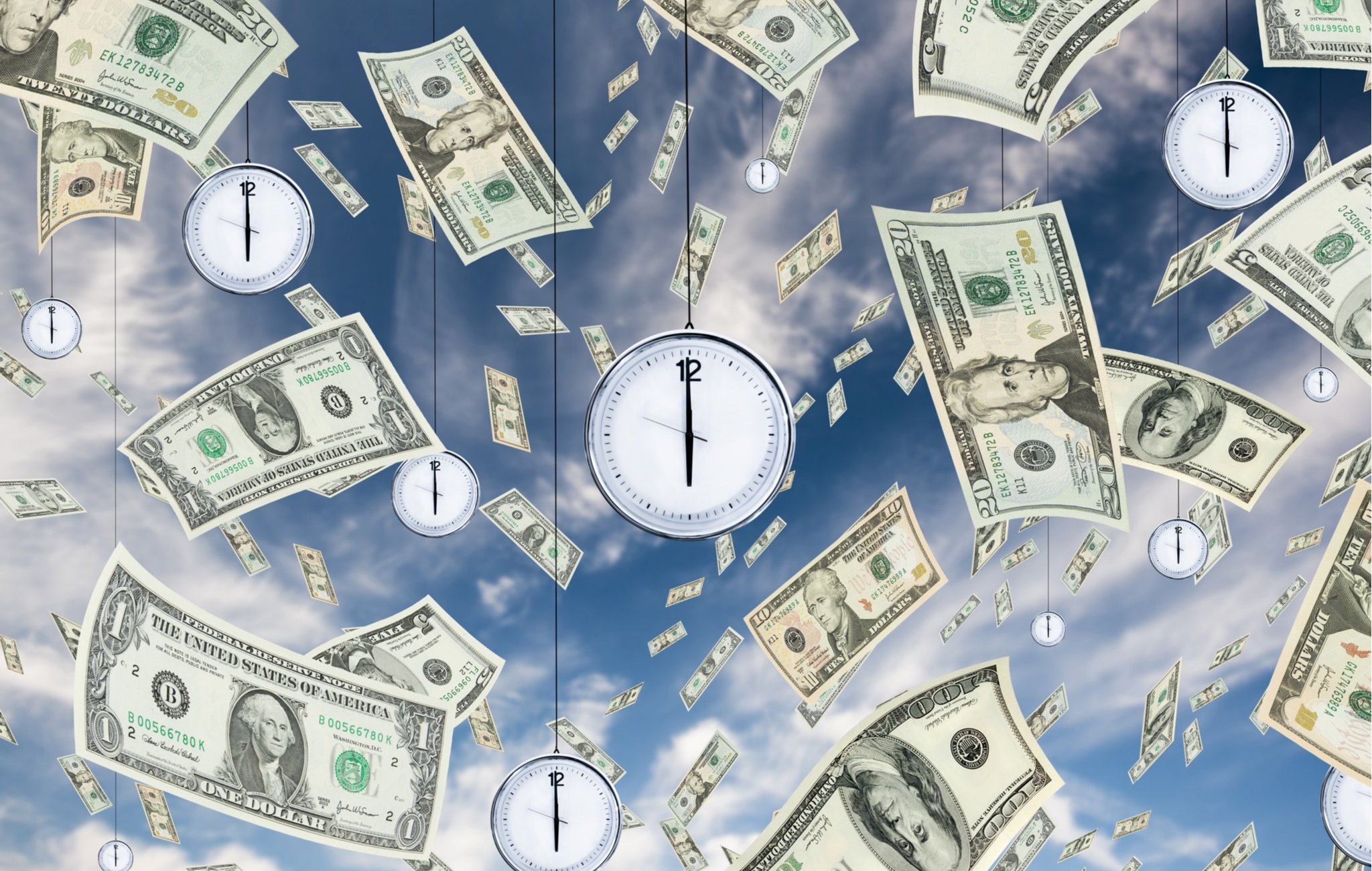Thomas L. Hogan
How the Fed Can Improve Financial Stability and Reduce Inequality
“There is clear evidence that bank deregulation can improve financial stability while also shrinking inequality. By lowering the costs of doing business, strong but simple regulations improve job opportunities for low-skilled and minority workers.” ~ Thomas L. Hogan & Amelia Janaskie
Not Smart Financial Regulation
“U.S. financial regulators approved the NSFR despite the fact that their own evidence showed the costs of the rule exceed its benefits. That’s Not Smart Financial Regulation.” ~ Thomas L. Hogan
Is Inflation Below the Fed’s Target? Yes and No.
“Adjusting for oil and auto prices puts the rate of inflation below the Fed’s 2 percent average target rate. Still, high rates of NGDP growth and mounting bank reserves should cause Fed officials to be leery of high inflation going forward.” ~ Thomas L. Hogan
Did the Fed Just Raise Interest Rates?
“In the Fed’s current floor system, the rate of IOR is the key tool of monetary policy. If the Fed raised the rate of IOR, then it raised interest rates.” ~ Thomas L. Hogan
Problems of Federal Reserve Policy—and How to Solve Them
“To stabilize the economy, informed citizens must study the faults of discretionary central banking and call for reforms to protect against them. ‘Money and the Rule of Law’ accomplishes the first goal. The second is up to us.” ~ Thomas L. Hogan
Is the Fed Paying Banks Not to Lend?
“The evidence shows that banks treated excess reserves as a profitable alternative to loans. High rates of IOER caused them to increase reserve holdings and decrease their loan allocations. The Fed was indeed paying banks not to lend.” ~ Thomas L. Hogan
Burning Issues of Government Spending
“Government spending starts with taking money from taxpayers and setting 20 percent of it on fire. Even if the remaining funds were spent on very efficient projects, they have very little chance of creating net benefits for the economy.” ~ Thomas L. Hogan
Texas Electricity Prices Are Lower Due to Deregulation
“Contrary to McGinty and Patterson, a close look at the evidence reveals that deregulation and competition have, in fact, reduced electricity prices in Texas. Prices in competitive markets have fallen, while those of noncompetitive utilities have increased. Competition has brought both residential and commercial prices down below the national averages.” ~ Thomas L. Hogan
Do These Money Supply Charts Portend Hyperinflation?
“Financial markets indicators suggest that high inflation is not likely. Even with a very large balance sheet, the Fed has proven that it can control inflation by paying high rates of interest on bank reserves. Whether Fed officials choose to do so is the open question.” ~ Thomas L. Hogan










